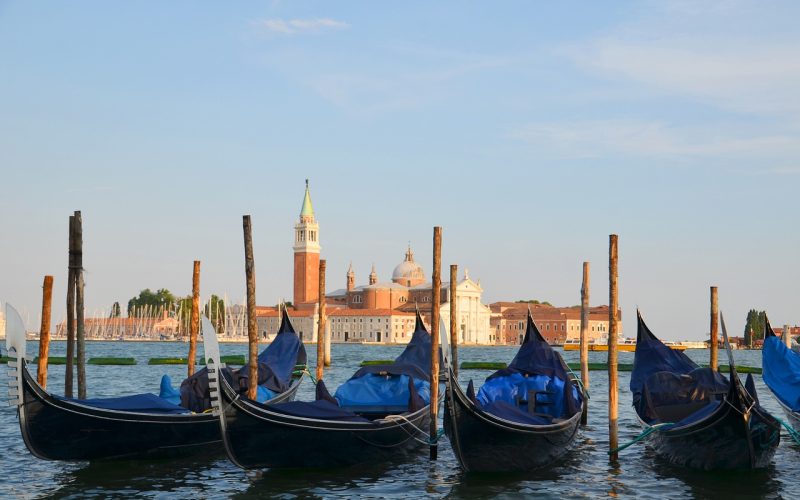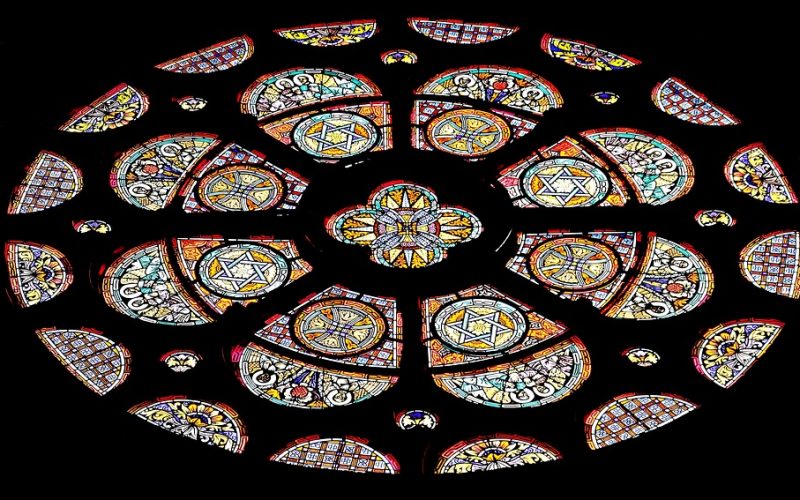The story of Venetian glass blowing spans over a millennium, with its origins rooted in the early Middle Ages. It is believed that the craft began to flourish in Venice around the 8th century, influenced by the glassmaking traditions of the Roman Empire.
However, it was in the 13th century that Venice truly emerged as a significant centre for glass production. The Republic of Venice recognised the strategic economic advantage of glassmaking and began to cultivate a unique and highly skilled industry. The trade was so valuable that glassmakers were granted special privileges and their daughters were allowed to marry into the nobility.
Moving to Murano
In 1291, due to concerns over the risk of fire from the glass furnaces, the Venetian government ordered all glass making activities to be relocated to the island of Murano. This move inadvertently contributed to the development of Murano as the epicentre of glass production. Isolated from the main city, Murano became an exclusive community of artisans, where the secrets of glassmaking were closely guarded. This isolation also helped to protect the techniques and innovations from being replicated by competitors outside Venice.
The golden age of Venetian glass
The 15th and 16th centuries marked the golden age of Venetian glass blowing. During this period, the glassmakers of Venice perfected their techniques, producing exquisite pieces that were highly sought after across Europe. Murano glassmakers pioneered innovations such as cristallo, a clear and colourless glass that was unrivalled in terms of clarity and brilliance. They also developed techniques like filigrana, or glass threads, and latticino, which involved embedding patterns of opaque white glass within clear glass. These innovations solidified Venice's reputation as the premier glassmaking hub of the world.
Challenges and adaptations
Despite its success, the Venetian glass industry faced numerous challenges over the centuries. The rise of alternative glassmaking centres, such as Bohemia and France, threatened its dominance. Political and economic upheavals, including the fall of the Venetian Republic in 1797, further complicated matters. However, the resilient glassmakers of Murano adapted by continuing to innovate and diversify their offerings. During the 19th century, there was a revival of interest in traditional Venetian glass techniques, driven by the European Art Nouveau movement, which embraced the intricate and decorative styles associated with Murano glass.
Modern-day Murano glass
Today, Murano glass remains synonymous with luxury and artisanal craftsmanship. While the number of glassmaking workshops has declined, the industry continues to thrive, attracting collectors, artists, and tourists from around the globe. Modern Murano glassmakers blend traditional techniques with contemporary designs, ensuring the continued relevance of their craft. The island of Murano has become a popular destination for those seeking to witness the artistry of glass blowing first-hand and to purchase authentic Venetian glass pieces.
Preserving a cultural heritage
Efforts to preserve the cultural heritage of Venetian glass blowing are ongoing. Educational initiatives, museums, and glassmaking schools play a crucial role in passing down the skills and knowledge to future generations. The Venetian Glass Museum in Murano and the International Glass Art Biennale are just a few of the institutions dedicated to celebrating and safeguarding this ancient craft. Despite the challenges posed by globalisation and industrialisation, the rich history and enduring allure of Venetian glass ensure that it will remain an integral part of the world's cultural legacy for centuries to come.
The history of glass blowing in Venice is a testament to human ingenuity, creativity, and resilience. From its humble beginnings to its status as a global symbol of luxury, Venetian glass reflects the rich tapestry of cultural and artistic influences that have shaped its evolution. Whether admired for its beauty, historical significance, or technical mastery, Venetian glass continues to captivate and inspire those who encounter it.



















